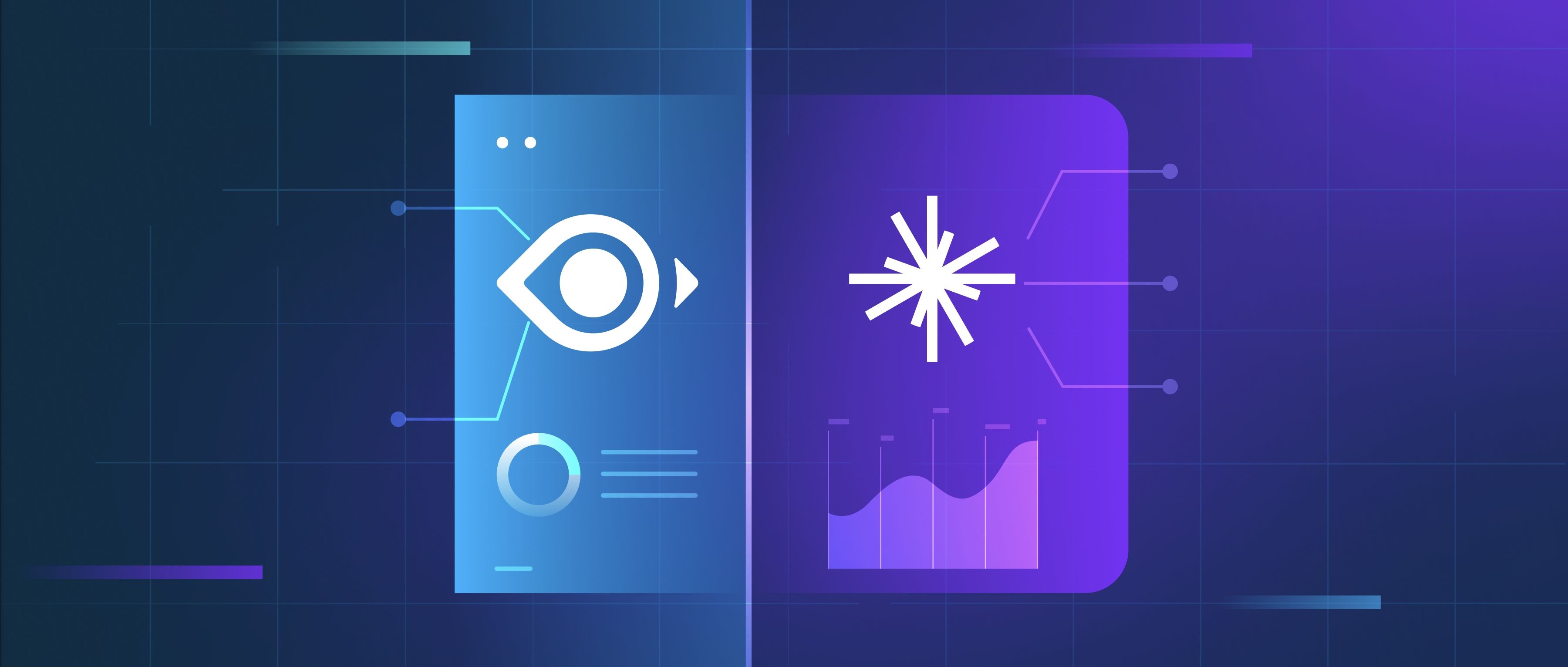ResNet, short for Residual Network, is a type of deep learning architecture that has become a cornerstone in computer vision tasks. Developed by researchers at Microsoft, ResNet introduced the concept of residual learning, which addresses the problem of vanishing gradients as neural networks grow deeper. The key innovation in ResNet is the skip connection, which allows the input of a layer to bypass one or more layers and directly connect to a later layer. This mechanism enables the network to learn residual mappings—essentially, the differences between the input and output—rather than trying to learn the full mapping outright. As a result, deeper networks can converge more easily and avoid performance degradation. ResNet has been widely used for tasks like image classification, object detection, and segmentation. Its architecture has variants such as ResNet-18, ResNet-34, ResNet-50, and ResNet-101, where the numbers represent the depth of the network. ResNet’s efficiency and accuracy have made it a go-to choice for many applications in machine learning and AI.
What is ResNet?

- Accelerated Vector Search
- Natural Language Processing (NLP) Basics
- Evaluating Your RAG Applications: Methods and Metrics
- Advanced Techniques in Vector Database Management
- Information Retrieval 101
- All learn series →
Recommended AI Learn Series
VectorDB for GenAI Apps
Zilliz Cloud is a managed vector database perfect for building GenAI applications.
Try Zilliz Cloud for FreeKeep Reading
How do you use the HAVING clause in SQL?
The HAVING clause in SQL is used to filter records that are produced by the GROUP BY clause. While the WHERE clause rest
What causes models to generate Ai slop under heavy latency constraints?
Models generate Ai slop under heavy latency constraints because latency pressure typically forces you to compromise on f
What is personalized content recommendation?
Personalized content recommendation suggests relevant items to users based on their preferences, behavior, or context. I